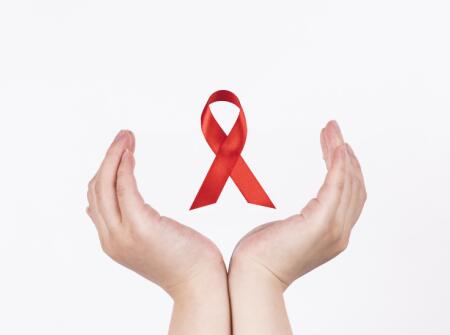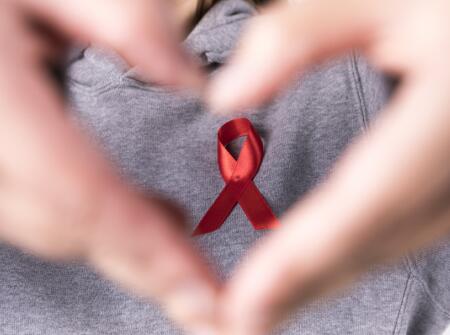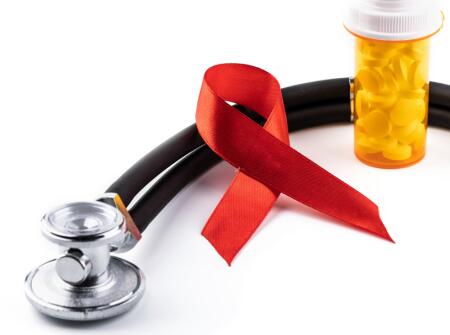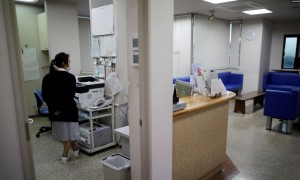1
Self-judgment of AIDS by local method - check AIDS test paper
1. In order to facilitate everyone's operation, the HIV test strips are put into the plastic cassette, which is more convenient to use, and the detection principle remains unchanged, which is still the double-antigen sandwich method.
2. The small round hole is the sample addition hole, and the blood drop to be tested should be dropped into this hole. The narrow and long recessed area is the determination result area, wherein T is the position of the detection line, and C is the position of the control line.
2
Native method for self-diagnosing AIDS - blood collection
1. Blood collection equipment
You can use a small needle for blood collection, and you should also prepare alcohol and sterile cotton.
2. Blood collection site
Fingertips or earlobes. Blood collection method: first disinfect the blood collection site and blood collection needle with alcohol cotton balls, and then collect and prepare.
Note: The first drop of blood should be discarded, and the second and third drops of blood should be used for testing. The blood drop is dropped directly into the sample well, or sucked into a clean pipette first, and then dripped into the sample well.
3
Homemade Approaches to Self-Assessment of AIDS - Interpretation Results
Observe the results within 10-15 minutes after adding the sample.
1. There is only one red line (control line) as a negative result;
2. Two red lines appear on the test paper, (control line C and test line T) are positive results;
3. If there is no red line on the test strip, it means that the test experiment has failed. Please take another card and test again.
4
Homegrown method for self-diagnosing AIDS-AIDS symptoms
1. General symptoms
Persistent fever, weakness, night sweats, and persistent generalized generalized lymphadenopathy. Especially the neck, armpit and groin lymph node enlargement is more obvious. The lymph nodes are more than 1 cm in diameter, firm in texture, movable and painless. Weight loss can reach more than 10% within 3 months, and can reduce up to 40%, and the patient's weight loss is particularly obvious.
2. Respiratory symptoms
Long-term cough, chest pain, difficulty breathing, and blood in the sputum in severe cases.
3. Gastrointestinal symptoms
Loss of appetite, anorexia, nausea, vomiting, diarrhea, and blood in the stool in severe cases. Medications usually used to treat digestive tract infections are not effective for this type of diarrhea.
4. Nervous system symptoms
Dizziness, headache, unresponsiveness, mental decline, mental disorders, convulsions, hemiplegia, dementia, etc.
5. Skin and mucous membrane damage
Herpes simplex, herpes zoster, inflammation and ulceration of oral and pharyngeal mucosa.
6. Tumors
A variety of malignancies can occur, and superficial Kaposi's sarcoma can show red or purple macules, papules, and infiltrative masses.











